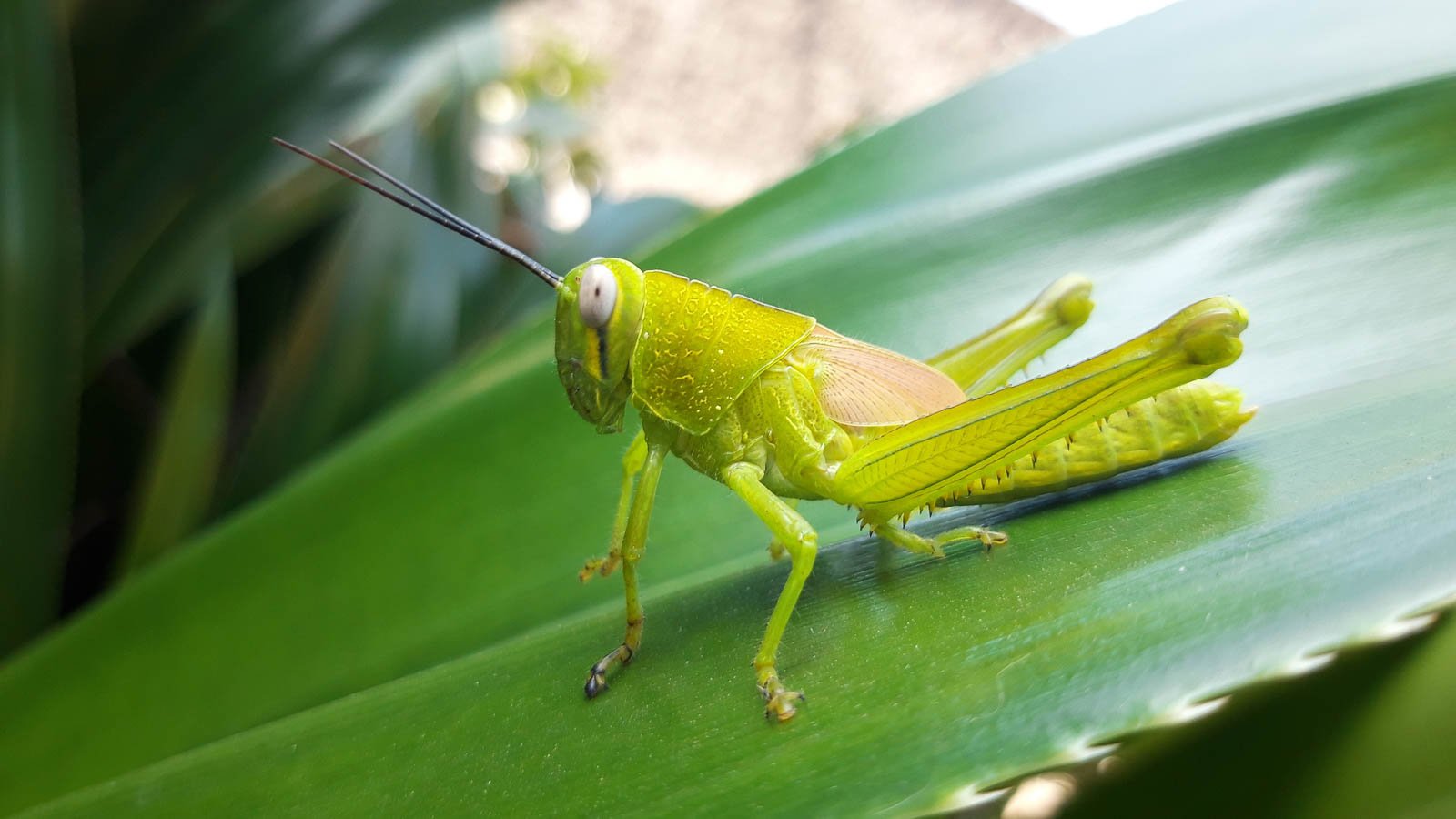Introduction
Grasshoppers can quickly become a major problem in gardens, causing extensive damage to plants and crops. If you’ve noticed chewed leaves, stems, or wilting plants, grasshoppers might be the culprits. Knowing how to kill grasshoppers in your garden is essential to protect your plants and maintain a healthy garden ecosystem. This article covers proven methods, expert advice, and practical solutions to manage and reduce grasshopper populations effectively.
Why Are Grasshoppers Harmful to Gardens?
Grasshoppers feed on a wide range of plants, including vegetables, flowers, and herbs. Their chewing can stunt plant growth and reduce yields significantly. Some key points to understand include:
- Grasshoppers can consume large amounts of foliage daily.
- They prefer tender, young plants but will eat mature leaves as well.
- Infestations can spread rapidly, especially in warm, dry climates.
Understanding their behavior helps in choosing the right control methods.
Natural and Chemical Methods to Kill Grasshoppers
1. Biological Control
Using natural predators and biological agents is an eco-friendly way to control grasshoppers:
- Introduce beneficial insects like parasitic wasps or predatory beetles.
- Apply biopesticides such as Beauveria bassiana, a fungus that infects grasshoppers.
- Encourage birds and other wildlife that feed on grasshoppers.
2. Chemical Insecticides
For severe infestations, chemical treatments may be necessary:
- Use insecticides labeled for grasshopper control, such as those containing carbaryl or malathion.
- Apply treatments in the early morning or late evening when grasshoppers are less active.
- Follow all safety instructions to protect beneficial insects and avoid environmental harm.
Cultural Practices to Reduce Grasshopper Populations
Modifying garden practices can reduce grasshopper attraction and breeding:
- Remove weeds and tall grasses around your garden, as these are common egg-laying sites.
- Till the soil in late fall or early spring to destroy eggs laid in the soil.
- Plant trap crops like millet or sorghum to lure grasshoppers away from main plants.
Mechanical and Physical Control Techniques
1. Handpicking and Barriers
- Manually remove grasshoppers when populations are low.
- Use floating row covers to protect young plants.
- Set up sticky traps or barriers around vulnerable areas.
2. Water Sprays
- Strong jets of water can knock grasshoppers off plants, reducing feeding.
- This method is non-toxic and can be repeated frequently.
Expert Tips for Long-Term Grasshopper Management
- Monitor regularly to detect early infestations.
- Combine multiple control methods for best results.
- Maintain garden health to improve plant resilience.
- Consult local extension services for region-specific advice.
Conclusion
Killing grasshoppers in your garden doesn’t have to rely solely on harsh chemicals. Combining biological, cultural, mechanical, and, when necessary, chemical methods provides a balanced and effective approach. By understanding grasshopper behavior and using expert strategies, you can protect your garden while supporting a healthy environment. Start implementing these tips today to enjoy a thriving, pest-controlled garden tomorrow.
